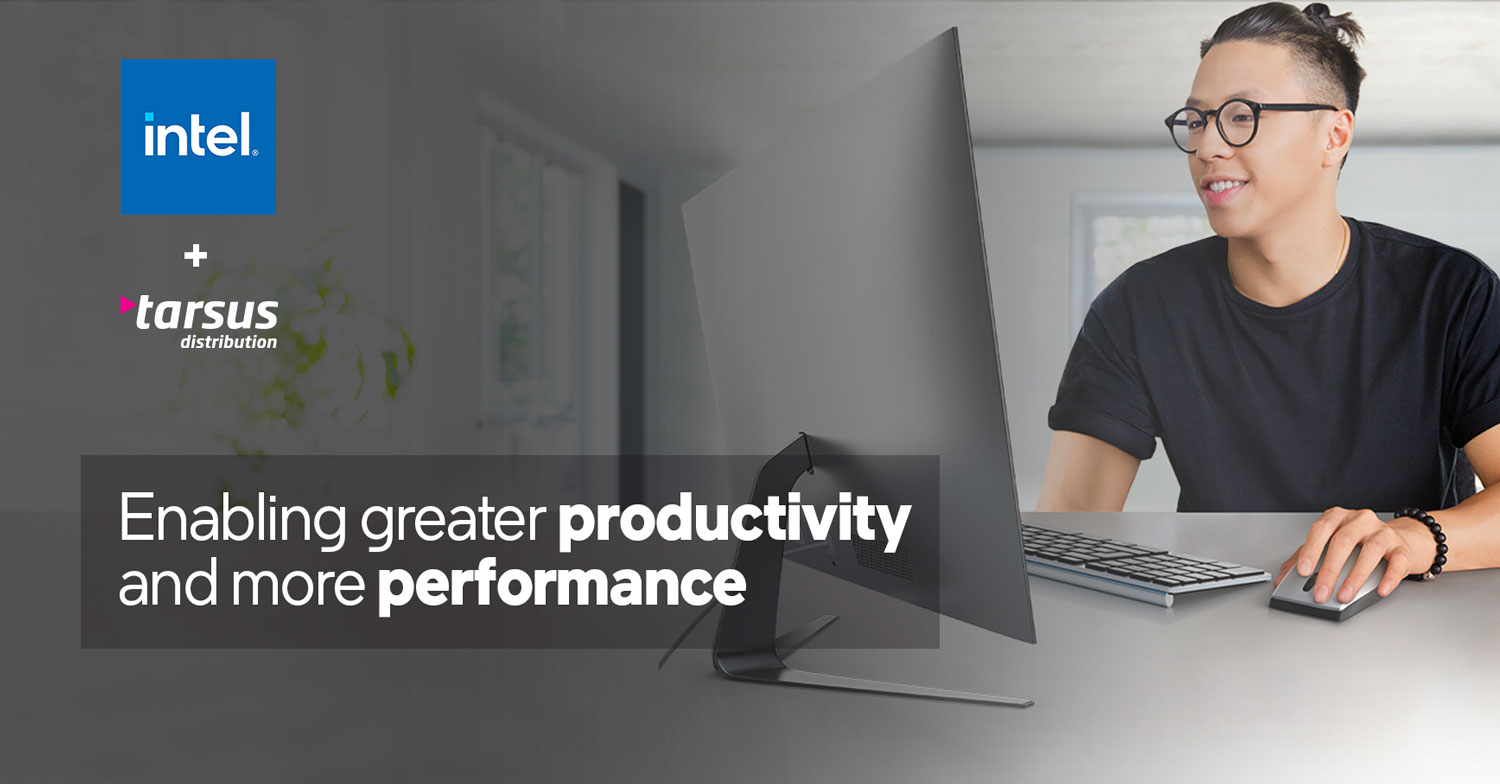 Today’s organisations are demanding more from their IT investments than ever before. With remote and hybrid workforces becoming the norm, users need a computing experience that enables full productivity regardless of where they are working from.
Today’s organisations are demanding more from their IT investments than ever before. With remote and hybrid workforces becoming the norm, users need a computing experience that enables full productivity regardless of where they are working from.
In addition, IT decision makers need platforms that enable these new workplace trends, and ones that can also be deployed with confidence and maintained with ease. Luckily, Intel’s 12th-gen Core processors meet these technology demands and more, and also offer a vast range of computing options to empower businesses of all sizes.
Unmatched business productivity
In today’s increasingly competitive environment, a company’s productivity plays a critical role in its profitability and competitiveness. This makes perfect sense — enhance productivity levels and the business can expect to generate greater profits without adding extra resources. This increases the likelihood of long-term success in cutthroat markets.
Fortunately, the 12th-gen Intel Core processors feature a new architecture made up of performance cores and efficiency cores that excel at not only single-threaded software environments but multi-threaded ones, too. This architecture allows users to be more productive and benefit from more performance from their machines, particularly when it comes to multitasking and collaboration.
Moreover, performance is optimised in real time through Intel’s Thread Director, which works alongside the operating system to assign the right task to the correct core at the appropriate time. This unparalleled level of sophistication empowers business computers to execute even the most demanding workloads, inclusive of user applications and IT software.
A solution for every requirement
Choosing the best CPU matters considerably, whether the user is upgrading their existing system or building a new computer from scratch. Higher clock speeds and core counts can make a big difference in performance, providing a faster, more responsive system, smoother play for gamers, and faster completion of power-hungry tasks such as video editing and transcoding.
Moreover, the CPU chosen will dictate the type of motherboard that can be used, as each processor works with a specific CPU socket and set of chipsets.
There are several key CPU specs that really matter:
- Clock speeds: Measured in gigahertz, clock speeds are the speed at which the chip operates, so higher is quicker.
- Cores: These are the processors within the processor. Today’s CPUs have between two and 64 cores, with the majority of processors containing between four and eight. Each core is able to handle its own tasks, and for most users, four is the minimum they need.
- Threads: Threads are essentially the number of independent processes that any chip can handle at one time. Theoretically, this is the same as the number of cores, but many processors have multi-threading capability, which Intel calls Hyper-Threading. This allows a single core to create two threads. More threads means better multitasking and boosted performance on intensive apps such as video editors and transcoders.
- TDP: The thermal design profile is the maximum heat that a chip generates at stock speeds.
- Cache: A processor’s on-board cache is used to speed up access to data and instructions between the CPU and RAM.
The 12th-gen Intel Core processor family meets the computing needs of practically every type of worker, with the most extensive range of mobile and desktop processors with differing core counts and power offerings tailored to each specific need.
In fact, the performance of these processors is boosted even further through support for DDR5 and LPDDR5 memory (the LP stands for low power).
Comprehensive platform security
Security has become an increasing concern in recent years amid the rise of distributed workforces and an increasingly complex threat landscape. Vulnerabilities in chips can be particularly dangerous as they could enable an unauthorised bad actor to carry out side-channel attacks that grant access to any data stored in the memory.
With this in mind, Intel introduced a wide range of protections that run from the firmware layer to application and memory security. These solutions protect the full computing stack including applications, hardware, firmware, the operating system and applications.
- The chips now feature Hardware Shield, a set of protections that cover the system Bios chips that run before the operating system is started up. This helps to prevent Bios code injection attacks that might happen before OS-level security protections kick in.
- Once the OS is up and running, Intel introduced a Control Flow Enforcement (CET) platform to protect memory. CET was built to prevent malicious applications from altering the memory addresses of applications in an attempt to redirect the processor to malicious instructions.
- Next, at the top layer, Intel equipped the chips with Total Memory Encryption and Virtualisation Technology-redirect protection (VT-rp) platforms, which help to protect application code from tampering while it is running and prevent virtual machine instances from being injected with malware.
With 12th-gen Intel Core processors, the chip-making giant is delivering a complete platform portfolio with computing solutions for almost every type of work at any organisation, in any vertical, and of any size.
With improved remote collaboration and multitasking, 12th-gen Intel Core processors enable productivity, speed and smooth operations.
To maximise the productivity and performance of your business with 12th-gen Intel Core Processors, speak Tarsus Distribution today.
- This promoted content was paid for by the party concerned




